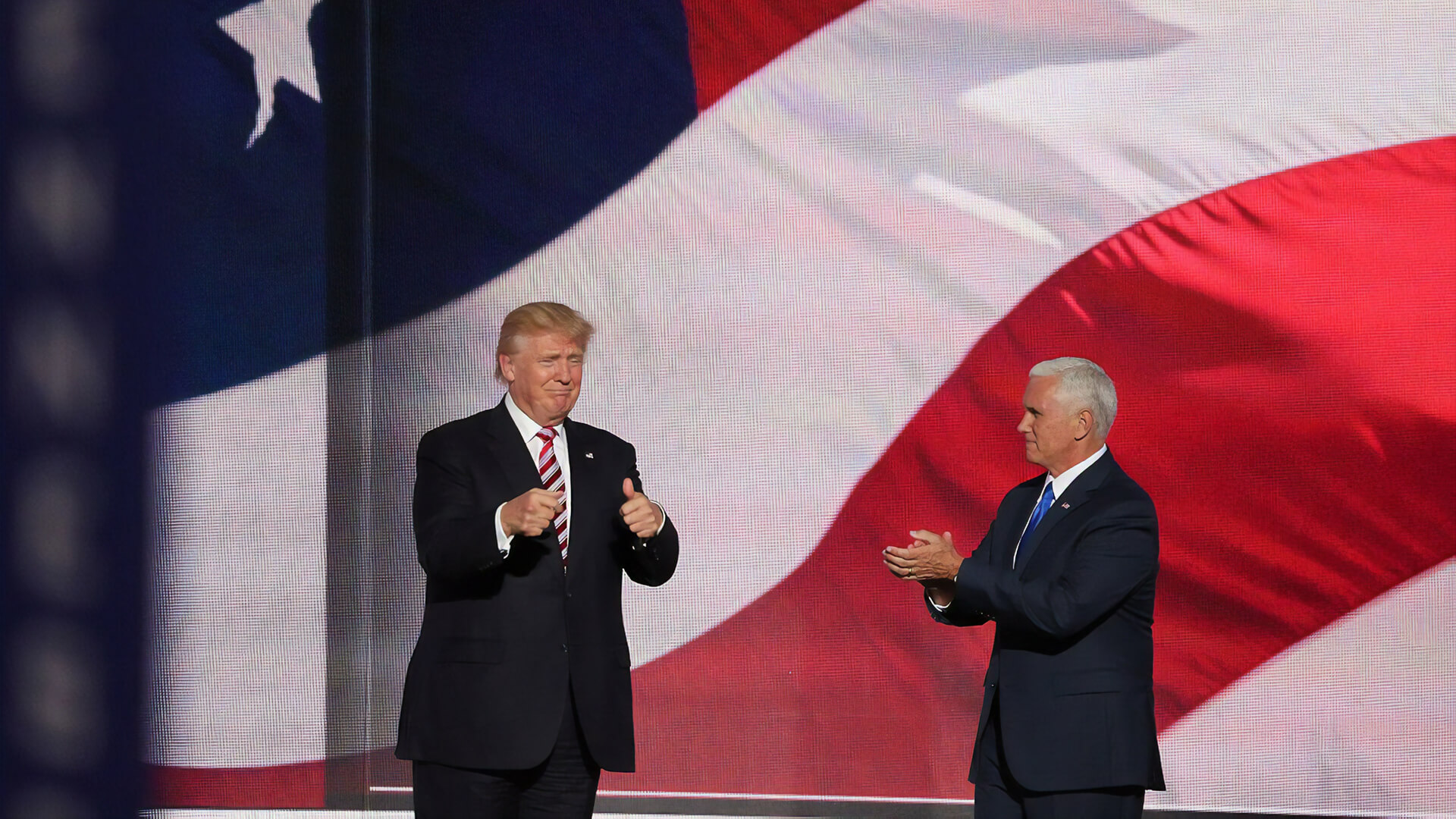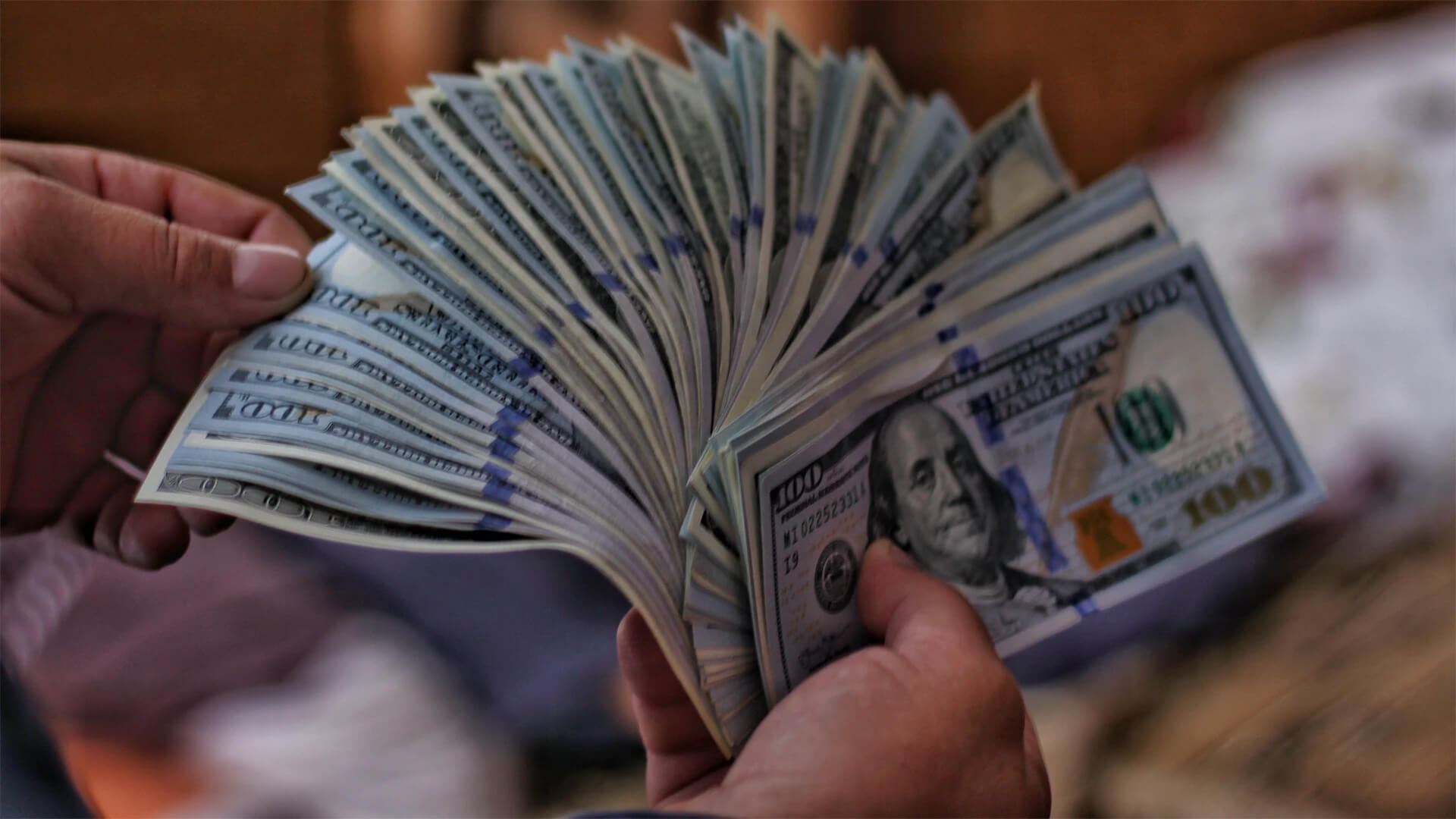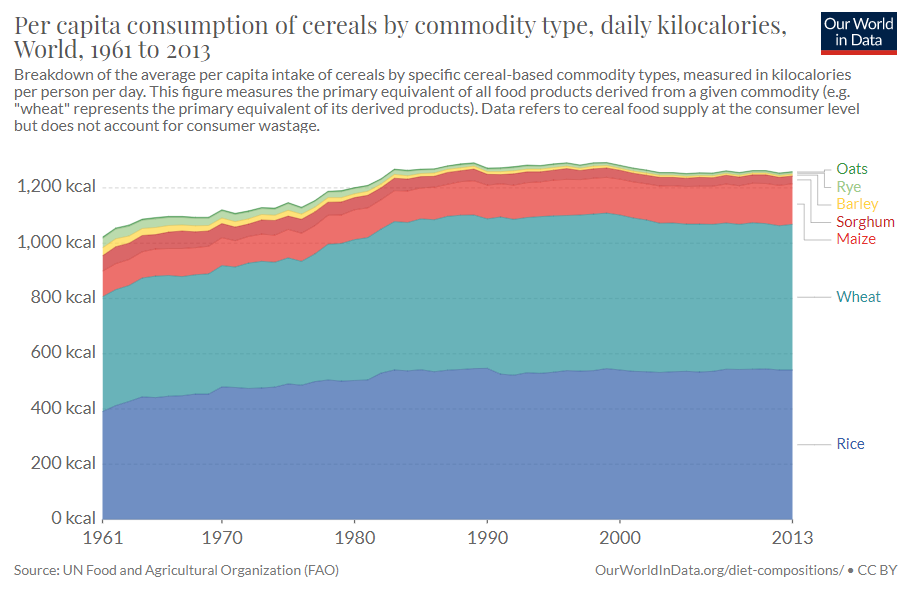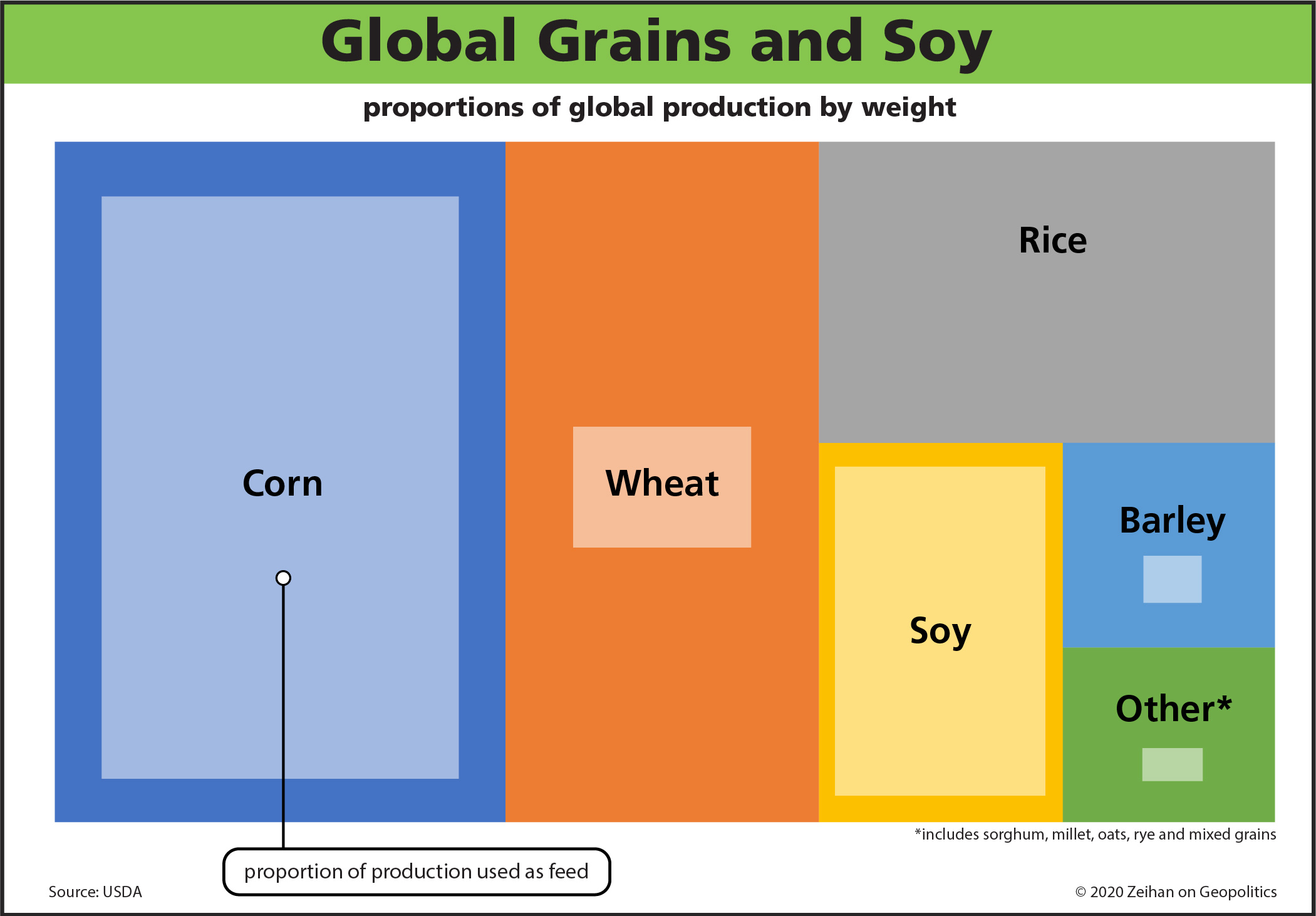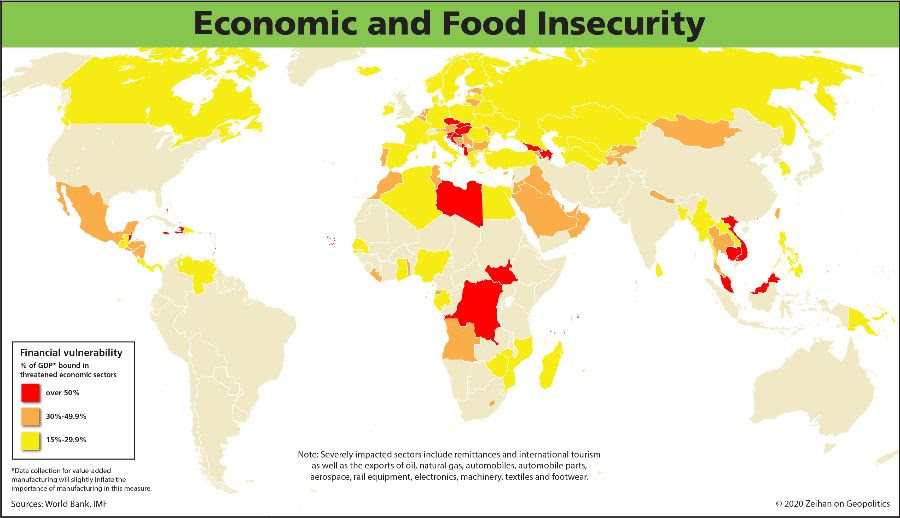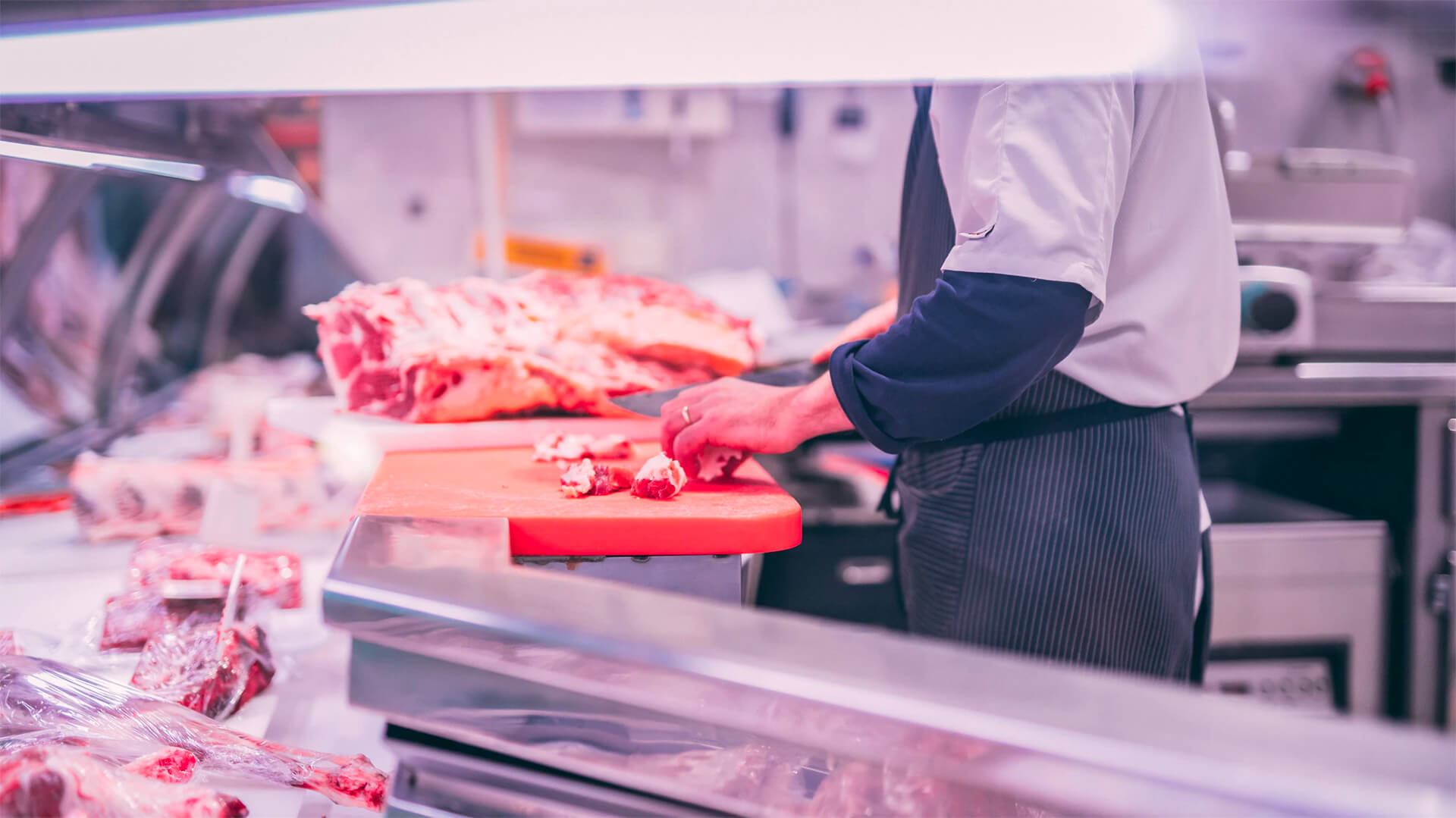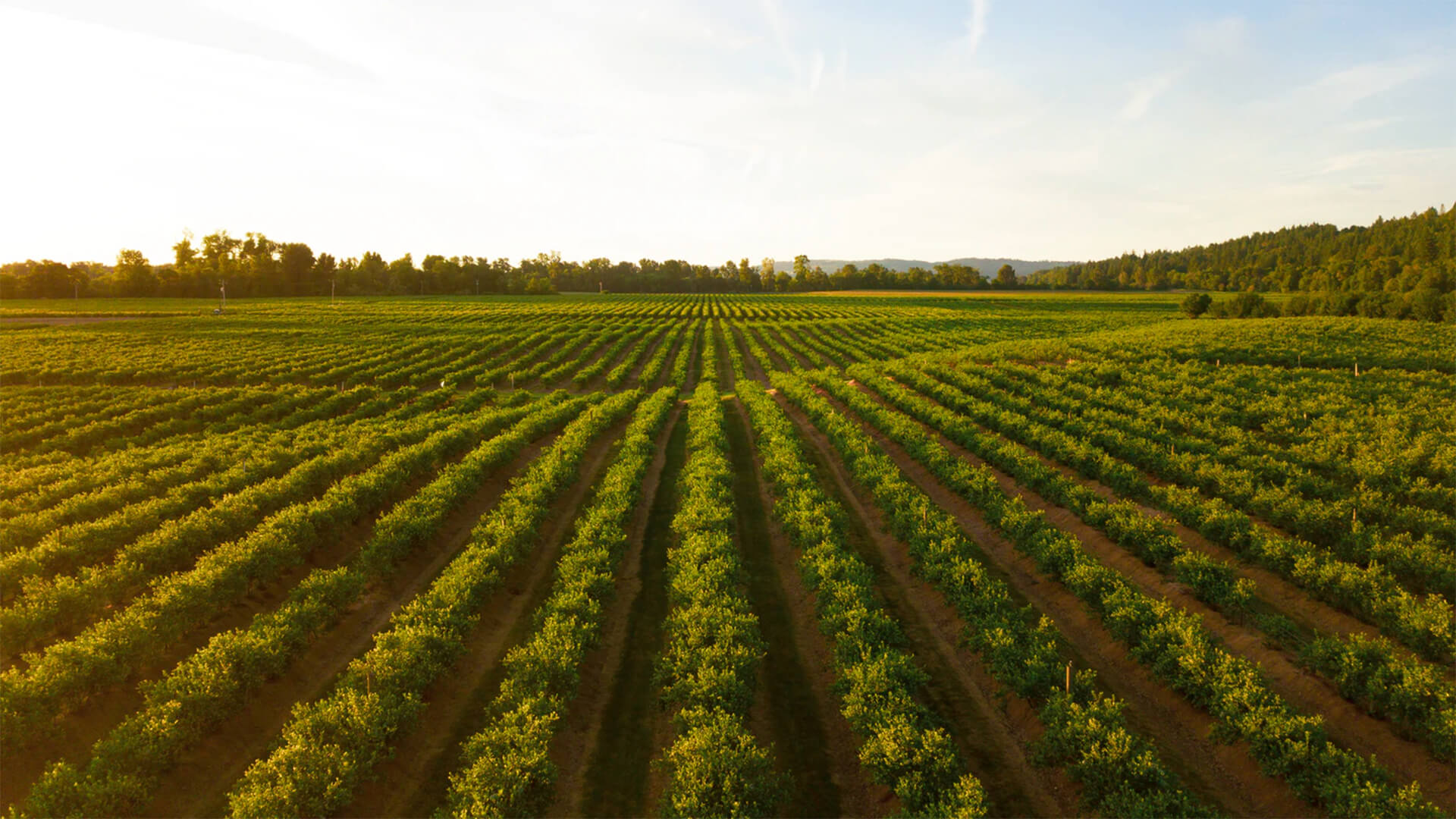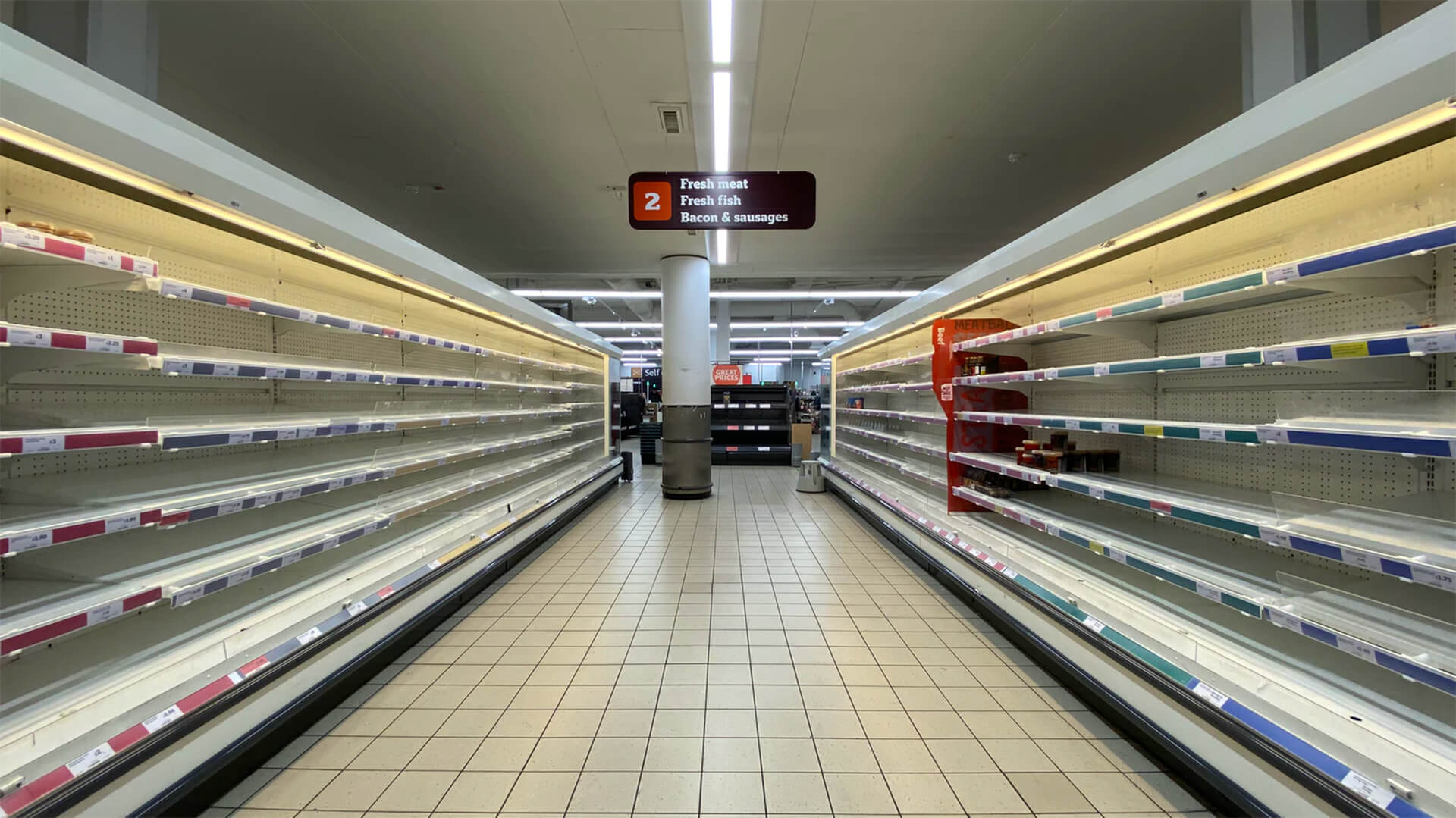The propaganda out of China of late has been…notable. Beijing has accused the French of using their nursing homes as death camps, has blamed Italy for being the source of the coronavirus (at the very peak of Italian deaths), has charged the US Army with bringing the virus to China in the first place, has thrown a “fact sheet” of truly disbelievable disinformation at the fact-oriented Germans, and turned the country’s ambassadorial core into cut-rate tabloid distributors – all while leaning on anyone and everyone from the United Nations to the World Health Organization to the European Union to regional legislative bodies to alternatively suppress and delete any information or analysis that does anything but laud China, as well as push them to take public stances that slobberingly praise China.
In doing so the Chinese have seemingly deliberately wrecked their relations with the Americans, French, Italians, Germans, Czechs, South Africans, Kazakhs and Nigerians, just to name a few. (The Swedes had all but ended their diplomatic relationship with China – having come to the public conclusion that the Chinese government was a pack of genocidal, power-mad, information-suppressing, exploitive, ultranationalists – before COVID.)
Nor are these disturbing shifts limited to the realm of foreign disinformation. Propaganda at home is boiling in a new direction as well. Overt, blatant racism is the core of the new program, with the government expressly blaming foreigners of all stripes for coronavirus in specific and China’s ills in general. Everything from restaurants to buses to gyms are banning foreigners. As a rule the government edicts are color-blind, but there are plenty of stories out there of this or that municipality or establishment singling out this or that nationality or skin color for…special consideration.
And the invective will get more offensive and self-destructive and seemingly stupid. China’s propaganda offensive April was done by the professionals – the folks at the head of the Ministry of Truth-, er, Foreign Affairs. All the lies and everything that demeaned and insulted countries in the grips of the coronavirus was expressly deliberate and sanctioned from the top, with the ambassadorial core directed to follow suit. (For those of you who like names, watch spokesman Zhao Lijian, a man who enjoys Chairman Xi’s personal sponsorship).
But we aren’t in April any longer, and China’s propaganda effort has become more diffuse, adopting more of a mob mentality. Now the entire governing apparatus has been unleashed, including agencies and bureaus down to the local level who normally have nothing to do with public relations, much less official propaganda. There is no longer a cohesive storytelling effort a la the Soviet style of propaganda. It is as if the Chinese equivalent of the MAGA crowd and the Bernie Bros are suddenly part of the propaganda effort, working alongside – or at least in parallel to – the Voice of America and the State Department.
The April propaganda was sophomoric and moronic, particularly at influencing foreign audiences or achieving some sort of strategic goal. In May it has already degraded into the realm of the infantile. My personal favorite was when an apparatchik made a lovely post stating “We condemn the fatso to death” with the “fatso” in question being US Secretary of State Mike Pompeo. Considering the ultrafine mesh the Chinese internal censorship dragnet has been using of late, that particular post’s ongoing longevity is a testament to just how holistic the CCP’s effort has become.
In the past few weeks the Chinese have deliberately destroyed three decades of efforts to build up soft power. I have never seen this sort of influence collapse, much less on a global scale. Even the Soviet fall saw Moscow retain influence throughout Latin America, Africa and the Middle East…and then the Soviet Union collapsed. The Trump administration just lost their Olympic gold in Gravitas Destruction to the Xi administration, and not by a small margin.
So…what the hell?
The Party may be descending into narcissistic ideology, and the Han Chinese may have always had a superiority complex based on a superiority complex, and we all may be a bit aghast at both the new tone and substance of Beijing’s foreign policy, and CCP is too paranoid, controlling, arrogant and bunkered to pretend to lead anything on a regional – much less global – scale, but I think we can all accept that the Party is not run by a bunch of morons.
The explanation is unfortunately very simple: the Chinese leadership is well aware that soft power isn’t what is going to solve the problem they see. There’s some guidance as to the CCP’s thinking in how the propaganda effort is being explained within China, and it doesn’t bode well for the future.
Semi-officially, the CCP called the April (official) effort Wolf Warrior diplomacy, in reference to a recent (and wildly popular) Chinese movie series about ethically pure Chinese soldiers who purge the world of evil American mercenaries. The closest equivalent I can think of would be like calling an American propaganda effort Starship Troopers diplomacy. (Yeah, it is as stupid as it sounds.)
The (more disperse) May effort, in contrast, is being referred to as a Yihetuan Movement mindset. It is a reference to a particularly chaotic period at the turn of the 19th to the 20th centuries when a particularly violent strain of ultranationalism erupted in response to foreign actions within China. Most non-Chinese readers probably don’t recognize the Yihetuan Movement reference, but they probably do recall how it was labelled in the West: the Boxer Rebellion. More on that in a minute.
This new propaganda program isn’t about Xi attempting to convince the wider world of China’s greatness or rightness. This isn’t about the United States or Europe or Africa, and certainly not about global domination. Instead it is about intentionally saying things so far beyond the pale that there’s a global anti-Chinese backlash. The backlash itself isn’t the goal, but instead a means to an end. Xi is attempting to use a global anti-Chinese backlash to enflame anti-foreigner nationalist activity within China. Put simply, Xi is trying to get the world pissed off at China so that China becomes pissed off at the world.
Xi feel he needs to hyperstimulate and mobilize a large enough proportion of the population so that they can assist the state security services in containing, demoralizing, cowing – and if necessary, beating, killing and disappearing – those who do not buy in.
Think this seems a bit…extreme? Brush up on your 20th century Chinese history, particularly in the context of how the CCP is explaining its propaganda effort to the Chinese citizenry.
Google the Great Leap Forward to review just how deliberately brutal the Chinese government can be to their own people, and just how good the Chinese government can be at motivating its own citizens to persecute one another.
Check out the Cultural Revolution to see how mobilizing portions of the population to repress the rest of the population makes the East German Stasi look like New Zealand socialists.
Review the Tiananmen Square massacre to remind yourself of how far the CCP will go even in “modern” times when it faces a threat to its power.
Look up the Boxer Rebellion to see how such processes result in the state-sponsored lynching and murder of Christians and foreigners. (Btw, if you are a manufacturer or investor and you still have personnel in China, now would be a glorious time to get them the fuck out).
The only part of this that is new for China is that this time they have industrial and digital technologies to help manage the population so that the sharp end of state power can be brought to bear more quickly.
This leaves only one question: Why…WHY would Chairman Xi feel this sort of extreme action is necessary?
Put simply, Xi fears the end of China is nigh.
And that, again, requires a completely new newsletter.
Stay tuned for Part III…
With the world under COVID-related lockdowns, I’m pretty much as home-bound as everyone else. That’s nudged me to launch video conferences for interested parties on topics ranging from food safety to energy markets to the nature of the epidemic in the developing world. While most of these events are for a set fee, my next video conference will be free of charge. Space, however, will be limited.
Join me May 19 for a once around the world of where we stand in the current crisis. Which countries are suffering most critically? Which are pulling ahead? What the shape of the pandemic will be in the weeks and months to come? What will the world look like once coronavirus is in our collective rear-view mirror? As with all the video conferences, attendees will have the opportunity to submit questions during the event.
Signups for the teleconference are first-come, first-served with attendance capped at 1000. After the event, we will make the video available, so watch this space.
Newsletters from Zeihan on Geopolitics have always been and always will be free of charge. However, if you enjoy them or find them useful, please consider showing your appreciation via a donation to Feeding America. One of the biggest problems the United States faces at present is food dislocation: pre-COVID, nearly 40% of all foods were not consumed at home. Instead they were destined for places like restaurants and college dorms. Shifting the supply chain to grocery stores takes time and money, but people need food now. Some 23 million students used to be on school lunches, for example. That servicing has evaporated. Feeding America helps bridge the gap between America’s food supply (which remains robust) and its demand (which coronavirus has shifted faster than the supply chains can keep up).
A little goes a very long way. For a single dollar, FA can feed one person for three days.


